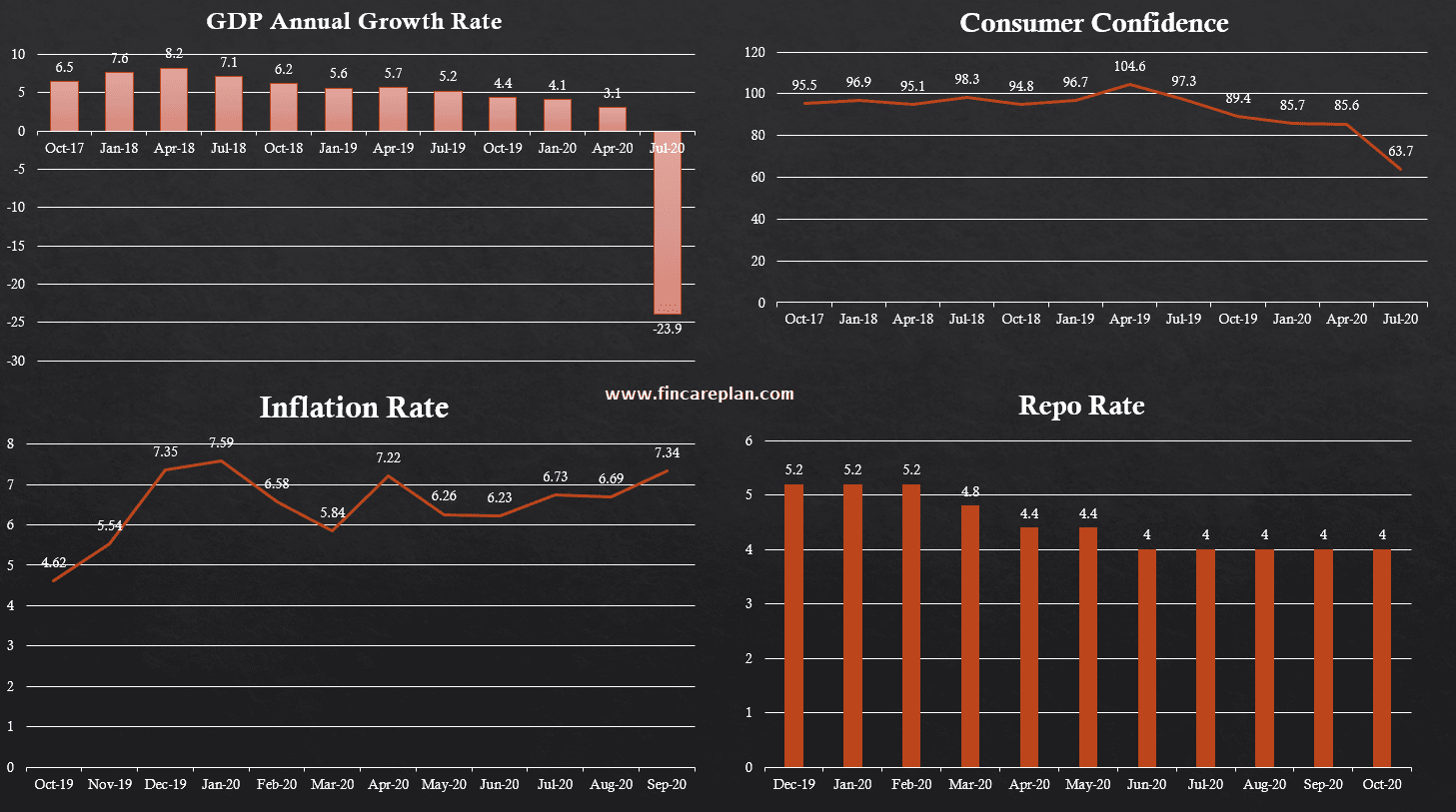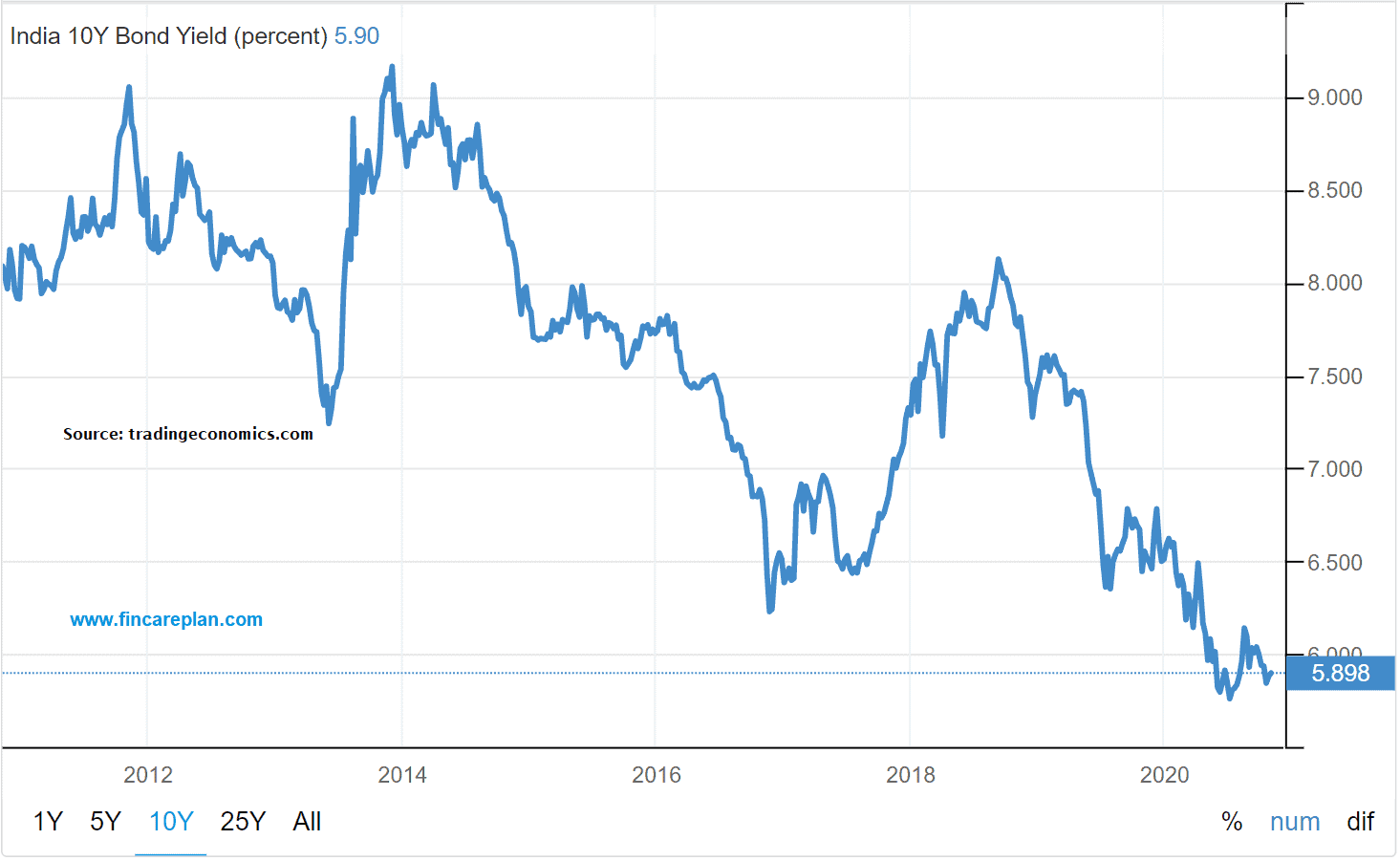Table of Contents
Toggle
Stock Market Crash is the most painful word every investor would love to avoid in their investment journey. Intelligent Investors look at how to get an opportunity in a bear market.
This is not an article describing when a crash will happen. Rather, this will be an eye-opener on indicators to predict or safeguard us from the desperate fall.
By the end of the article, you will be completely changing your speculation mindset and start analyzing other parameters that can preserve your wealth.
Our readers know an equity market is a viable option for building wealth. We have shared many articles on reviews like Pidilite Industries share, Asian paints share. Where we have found how long-term investments in these stocks have grown your wealth more than 10000 times in 20 years.
The main aim of this article is never to demotivate anyone but to ensure more enlightenment to their wealth creation.
Come on friends, let us all check the indicators one by one.
1. Contradiction between the Economy and Stock Market:
This is the prime metric to check the valuation of the stock market. Before entering the stock market, you should have a few flashed over,
- Countries GDP.
- Unemployment Rate.
- Inflation rate.
- Repo Rate.
- Cash Reserve Ratio.
- Consumer Confidence.
These are the spacing materials of a Nation’s Economy. When these parameters worsen quarter to quarter or Year on Year. The Economy is aimed to be in a bad situation.

The above image has given you a clear picture of how the Indian economy is shaping,
- The Q1’FY2021 GDP has a declined growth of 23.9% and is expected to grow at -18% in Q2’FY2021.
- The Inflation rate is increasing month on month to 7.34%. Whereas the Repo rate is at 4%. In this situation, either the repo rate should be increased, or the inflation rate has to come down. If these two things fail to happen, we might end up in stagflation.
- The RBI keeps the Repo Rate at 4% amid many market experts’ predictions to increase. This increases liquidity and demand by increasing the chance of loans at a lower rate.
- Even Globally, The Fed has printed almost 3 Trillion USD for pumping ut liquidation, and they are in the situation of not printing more. As you can see, the gold price has increased in the past months as more cash has been printed.
- Even consumer confidence has slashed to 63.7% from 97.3% at the same time last year.
At the same time, have a look at the stock market. They are about to reach the January high value of more than 12000 in NIFTY 50. This is the contradiction between the economic conditions and the stock market.
All the indicators are waiting for a resolution or recovery. If this is to continue, there will be a major crash expected.
2. Buffet’s Indicator:
What is a buffet indicator? Why do we need to check this in a relationship with a crash?
Well, Warren Buffet has derived a gauge indicator. According to this indicator, if the ratio crosses 103%, the global economy is in a high bubble and is expecting a crash.
His prediction was 100% perfect during the 2000 and 2008 crashes.
How to calculate Buffet’s Indicator?
Buffet’s Indicator = Total Market Capitalization of all Global Indices / Total of Global GDP
As per the buffet’s indicator, it nears a market crash when the ratio reaches more than 103%.
The same indicator reached an all-time high of 187% on August 27th, 2020. So, investors should be more cautious in investments.
Those who invest in Index funds or ETFs should stop their investments. They can continue either after a crash or after a recovery in earnings.
3. Price to Earnings (P/E) of Indices:
Many debates are going on overall social platforms and over articles. Is P/E still a predicting tool? Yes, of course; why not? The fundamental is always to be fundamental and cannot be changed.
We all know when the P/E of an Index like NIFTY 50 exceeds 25-27, we declare it as overvalued. As per the previous crash due to COVID-19, the P/E was at 30 times Earnings, and many experts were asking investors to come out at a P/E of 27.
Currently, the P/E is nearly 35 times the earnings of NIFTY 50. But still, technical indicators are making people pop into the market.
The market is smarter than us, and it will make itself fair value.
Earlier in January, the NIFTY 50 was 12300, and the P/E was at 30. So, EPS has been 410.
Currently, the NIFTY 50 is at 11800, and the P/E has moved to 35 times. So, EPS is currently 337.
The Earning has come down. Many industries have shut down. The market has climbed up with the,
- The expectation of a miracle in the Pharma segment initially.
- Followed by the FMCG rally and the IT industry Rally.
Even in these sectors, except for a few companies, the Q2’2021 result was not up to estimated. So, the earnings are still falling.
So, once again, we tell our readers any index P/E of more than 27 times is overvalued and an indicator of a crash.
4. Falling of Bond Yield:
The final indicator of the stock market crash, which we need to touch upon is on 10-year government bond yield. The bond yield has a direct impact on interest rates.
Why does Bond yield fall?
Whenever the repo rates decline in the position, it makes bond yield fall as investors are urged to buy the previous issues of bonds.
The plunge in bond yield clearly states the economic condition is under worse. So, it is better to avoid the equity market at the time.
Kindly have a look at the history of bond yield in India

You can now, see the clear picture of the bond yield is 10 years low.
Indicators of Stock Market Crash – Key Takeaways:
- We are not from the standpoint of articulating that the crash is near. We have just forecasted the indicators used to identify for many decades.
- These are not the only indicators; there are many. We have classified these four as they can be easily understood by investors. We will work on bringing an advanced level of indicators in the future.
- Kindly check these indicators by your calculation. If your valuation meets these criteria, avoid your equity investments and better invest in debt instruments like Liquid and ultra-short-term funds.
- Debt funds can provide you with a minimum of 7-9% of returns. While equity Indices like NIFTY 50 or SENSEX have only provided 2.67% P.A in the last 3 years. Check out this article on NIFTY 50 last 3 years’ performance for a better understanding.
- As an Intelligent investor, invest in your stocks under the intrinsic value. Apart from this, don’t enter into equity mutual funds or index funds as a beginner.
- You can enter either after the market crash or improvement in earnings.
Disclaimer: This article is just for information purposes and not to panic any investor. We are not SEBI-registered advisors; you can consult with your Investment advisors before making investments.
HAPPY INVESTING